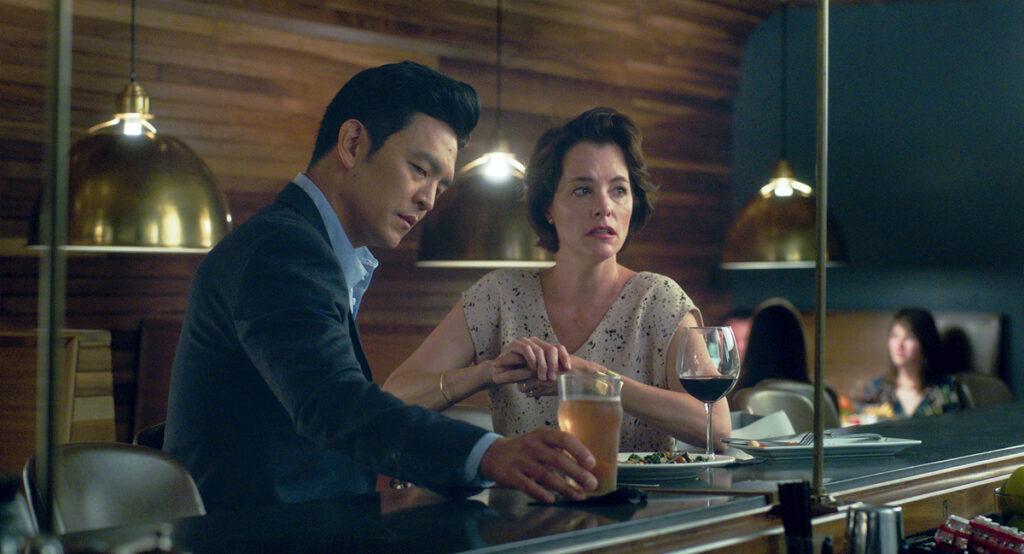In Columbus, architecture takes the place of emotions, to sometimes startling effect. An outwardly chilly, resolutely static film that nevertheless finds poignancy in the most surprising places, Kogonada’s directorial debut does a couple of important things so well that I can’t help but forgive the things it doesn’t. (Kogonada, by the way, is the name the Korean-born filmmaker likes to go by. We don’t know his given name, but he’s not exactly an unknown figure: He’s been posting fascinating video essays about cinema for some time online.)
The story is whisper-thin, and that’s mostly a good thing: When his legendary professor father winds up in a coma, Jin (John Cho) comes to the small town of Columbus, Indiana — a real-life cornucopia of modernist architecture, its landscape dotted with buildings designed by the likes of Eero Saarinen and Harry Weese — to help care for him. One day, over a cigarette, he meets recent high school grad Casey (Haley Lu Richardson), an architecture buff who works at a library branch designed by I.M. Pei. They bond, both bound to this Midwestern town for family reasons: Casey worries about what leaving for college would mean for her mom, a recovering addict, while duty and tradition compel Jin to stay by his father’s side.
But the drama isn’t so much in Jin and Casey’s interactions as it is in the unlikely and unreal backdrop against which they connect. Kogonada transforms his film’s spaces into expressive elements. The huge redbrick library where Casey works becomes a place of repetition and entrapment. The gleaming and immense central tower of an otherworldly suspension bridge feels like a transmitter to the divine. The façade of Columbus City Hall, which features two cantilevered walls that approach each other but never quite meet, creates a bewitching opening that, through Kogonada’s camera, conveys a sense of unreachable metaphysical yearning.
To read the rest of Bilge Ebiri’s review click here.

